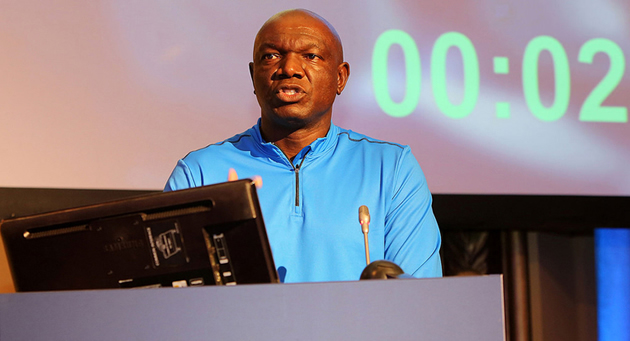Editorial Comment: Lifting of chrome exports ban welcome

IN June this year the government issued a Cabinet notice announcing the temporary lifting of the four-year ban on raw chrome exports.
The move brought excitement to hundreds of miners in the sub-sector although this time the export window is limited to approved smelters who must prove that they have exhausted their installed smelting capacity to qualify for permits.
However, for the past five months, primary producers of the mineral — small scale miners — did not have any joy as they could not export their produce in the absence of a special purpose vehicle allowing buying and selling from their level.
The special purpose vehicle is meant to address tributary arrangements that producers had entered into with big smelting firms such as Zimasco and ZimAlloys.
We reported yesterday that the country had resumed chrome exports for the first time since 2011.
The government imposed the ban to encourage beneficiation of the mineral.
The Deputy Minister of Mines and Mining Development Fred Moyo said chrome exports resumed last week.
We view the development as a bold step towards boosting foreign earnings from the sector, which will also enhance the viability of small scale miners.
While the government had imposed the ban on chrome ore exports to encourage firms to beneficiate the mineral, the suspension had a negative impact on producers, particularly small scale miners, some of whom were forced to shut down due to viability problems.
“Volumes have started moving, though slowly, but the good thing is we’ve started exporting,” Moyo said.
During the ban period, small scale miners could not sell their produce due to low smelting capacity in the country, leaving them with huge stockpiles of chrome ore and no alternative sources of revenue.
Apart from lifting the export ban, the government scrapped the 20 percent export tax on raw chrome to restore viability, but the royalty rate was increased from two percent to five percent.
This will allow local producers to export up to 30 million tonnes, which will give companies enough time to invest in beneficiation facilities.
We commend the government for being pro-active by creating a special purpose vehicle to facilitate the buying and selling of chrome ore from small scale miners following the lifting of the export ban on the mineral.
The SPV, to be composed of the Ministry of Mines and Mining Development, the Reserve Bank of Zimbabwe, Minerals Marketing Corporation Zimbabwe and Zimbabwe Revenue Authority, is meant to create efficiencies in buying and selling of chrome ore.
The government has also signed off-take agreements with international buyers.
“The agreements are on the basis of what the buyers want at any given time in terms of quality and quantity,” said Moyo.
While much is being done to support the chrome sub-sector, we feel there is a need for the government to come up with a special chrome-specific fiscal regime to cushion producers from rising domestic production costs and nurse them back to viability.
This will need to be buttressed by efficient logistics, reasonable power tariffs, proper technology and competitive taxation.
There’s also a need to harmonise the pricing of the product to incentivise its production and curb cheating by buyers to ensure miners get fair value for their labour.
A well-coordinated administration and monitoring framework for production, marketing and export of chrome ore and environmental degradation resulting from uncontrolled mining of chrome ore, is also needed for sustainability purposes.
Zimbabwe, alongside South Africa, holds about 90 percent of the world’s chrome reserves, according to the US Geological survey. The major producers are ZimAlloys, currently under reconstruction and Zimasco, owned by China’s Sinosteel Corporation.











Comments